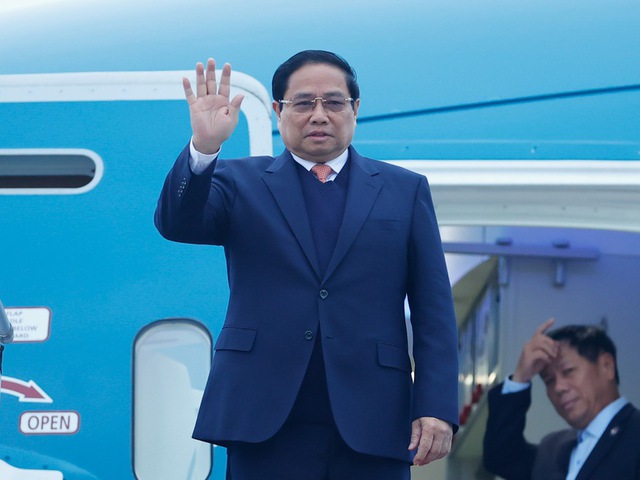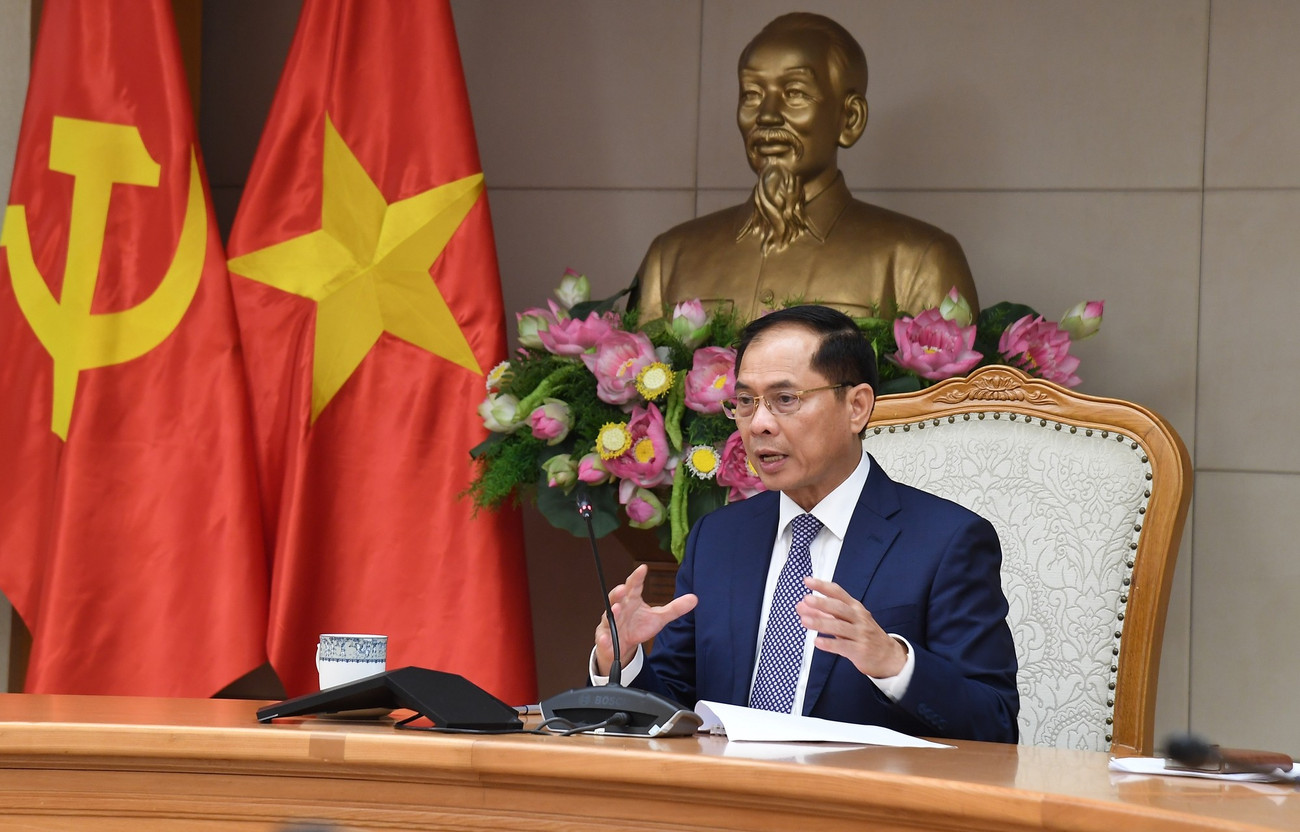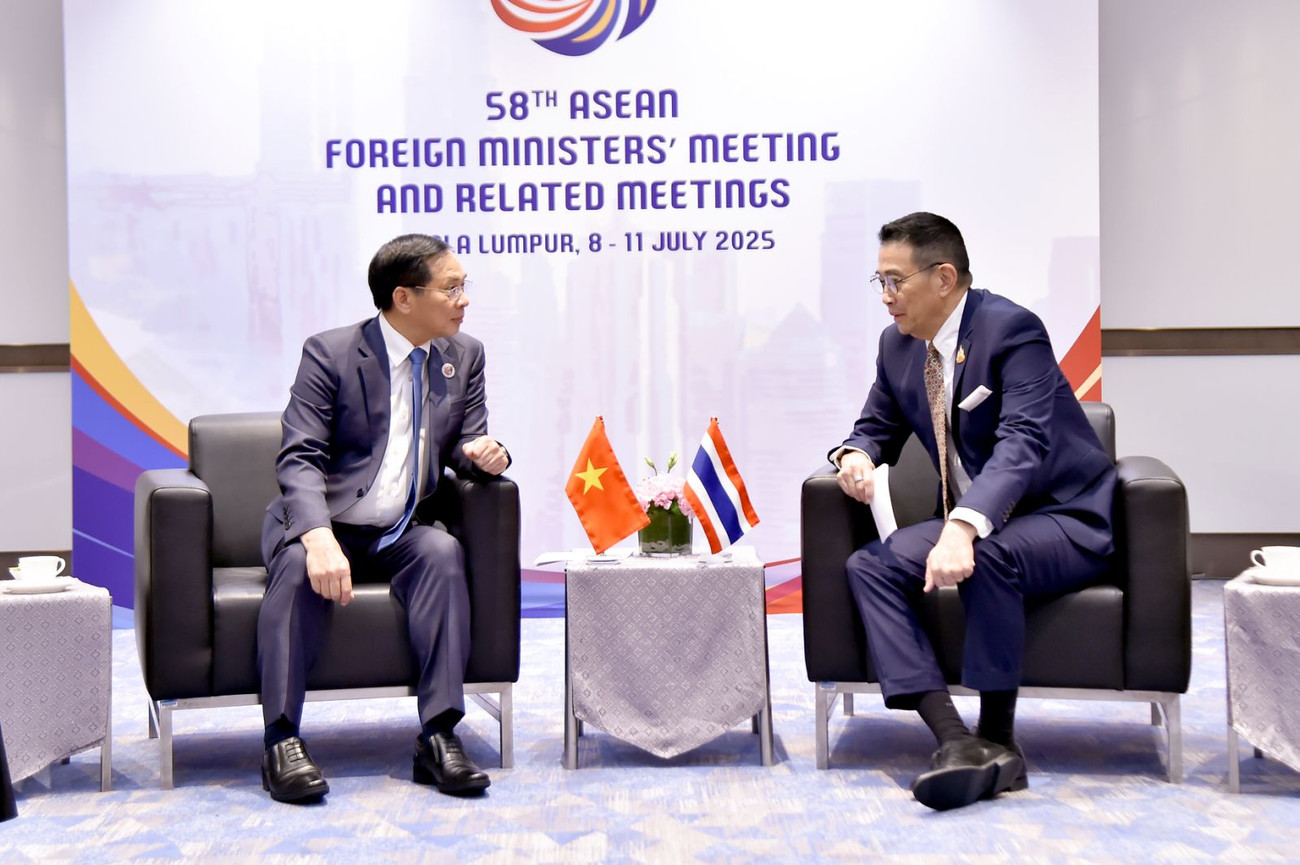MOIT VIETNAM | Towards a New Horizon: Advancing Sustainable and Effective Trade Relations between Vietnam and Laos
/ News / Activities
Towards a New Horizon: Advancing Sustainable and Effective Trade Relations between Vietnam and Laos
More than six decades have passed since Vietnam and Laos officially established diplomatic relations in 1962. Since then, what began as a bond forged in shared history, struggle, and solidarity has blossomed into a robust and multifaceted partnership—one that continues to evolve in depth and sophistication. In particular, the field of trade and investment has emerged as a cornerstone of bilateral cooperation, playing a pivotal role in driving the economic transformation of both countries.
Over the years, Vietnam and Laos have cultivated a dynamic, resilient, and increasingly sophisticated economic relationship. The transformation of their trade structure toward greater sustainability and diversity is not only a testament to economic maturity but also a reflection of their shared strategic vision: one rooted in long-term prosperity, inclusive growth, and deeper integration into regional and global markets.
.jpg)
This transformation has been guided by more than numbers and policies—it is a result of enduring political trust, mutual respect, and the consistent nurturing of a partnership that goes beyond transactional cooperation. Both nations have continuously affirmed that economic growth must be balanced, people-centered, and aligned with the broader goals of peace and stability in Southeast Asia.
The recent state visit to Laos by President Lương Cường of Vietnam marked a new chapter in bilateral relations. Far beyond the symbolic gestures of diplomacy, the visit was a strategic opportunity to reaffirm commitments, identify challenges, and chart a path forward that is both practical and forward-looking. With an emphasis on deepening the substance of the Vietnam–Laos relationship, both sides pledged to make their cooperation more efficient, results-oriented, and sustainable—particularly in the areas of trade, infrastructure, and energy.
Geography has bestowed a unique advantage upon Vietnam and Laos. A border stretching over 2,300 kilometers weaves through ten provinces and cities on each side, forming not just a line on the map but a shared space for commerce, culture, and cooperation. This border is part of the strategic East–West Economic Corridor, positioning both nations as crucial links in regional supply chains.
With nine international border gates, six main checkpoints, eighteen auxiliary checkpoints, and twenty-seven additional crossings, the potential for seamless trade is immense. To support this, nine border gate economic zones have been established, acting as hubs for goods, services, and people. These zones are not just economic constructs—they are symbols of a shared future rooted in connectivity and openness.
Recognizing the need for a strong legal foundation, Vietnam and Laos have proactively developed a suite of bilateral agreements to underpin their economic engagement. Among them is the 2015 Vietnam–Laos Border Trade Agreement, now extended through 2024, which lays the groundwork for preferential trade policies in border areas.
Building on this momentum, a revised version of the Vietnam–Laos Bilateral Trade Agreement was signed on April 8, 2024, and is set to take effect in February 2025. Complementing this is a groundbreaking Coal and Electricity Trading Agreement signed in January 2025, which immediately came into force and is expected to revolutionize energy cooperation.
Together, these legal instruments provide stability, clarity, and confidence for businesses and investors, ensuring that economic commitments translate into tangible outcomes.
The numbers speak for themselves. In recent years, bilateral trade has consistently surpassed the USD 2 billion mark, with both governments ambitiously setting their sights on USD 5 billion in the near future. This target is well within reach, thanks to a strong annual growth rate of around 12%.
.jpg)
In 2024, bilateral trade hit USD 2.25 billion, marking a 38.2% surge from the previous year. Vietnam’s exports to Laos stood at USD 755.2 million (a 41.6% increase), while imports from Laos totaled USD 1.5 billion (up 36.5%). These figures reflect not just a rising volume of trade but a shifting structure increasingly dominated by high-value goods and industrial products.
This upward trend accelerated in early 2025. In the first quarter alone, trade between the two nations reached USD 980.1 million—an astonishing 105.5% increase year-on-year. Exports from Vietnam rose to USD 346.4 million (a 138.6% rise), and imports reached USD 633.6 million (up 91.1%).
Industrial goods now form the backbone of Vietnam’s export portfolio to Laos. Key items include chemical products, machinery and spare parts, iron and steel, animal feed, and vehicles. Meanwhile, Vietnam imports raw materials from Laos such as rubber, coal, timber, minerals, and maize. The shift from traditional agricultural trade to industrial and intermediate goods signals a growing economic sophistication and greater value creation on both sides.
In the first four months of 2025 alone, bilateral trade soared to an estimated USD 1.3 billion—a 112.6% year-on-year leap. Vietnam’s exports climbed 150.8%, while imports from Laos increased 96.2%. Although Vietnam continues to post a trade deficit with Laos (approximately USD 386 million), this reflects an increasingly interdependent and complementary economic relationship.
Trade is only one dimension of this partnership. Investment has emerged as a powerful catalyst for inclusive development. Vietnamese enterprises currently operate 267 investment projects in Laos with total registered capital exceeding USD 5.7 billion. Around USD 2.8 billion of this has been disbursed—funding ventures that have transformed local economies.
These investments span a range of critical sectors: telecommunications, banking, rubber processing, dairy production, and agricultural processing. Many of these projects have created stable employment, improved livelihoods, and significantly contributed to the Lao state budget—reinforcing the positive impact of cross-border investment on national development.
The 47th session of the Vietnam–Laos Intergovernmental Committee in January 2025 was a milestone in advancing strategic alignment. Four key cooperation documents were signed, including the meeting’s minutes, a 2025 government cooperation plan, an intergovernmental agreement on coal and electricity, and a 2025 education and sports cooperation plan.
Equally notable were the 13 investment licenses and certificates awarded, totaling USD 1.8 billion. These new projects signal investor confidence and reflect both governments’ efforts to improve the investment climate and regulatory transparency.
The coal and electricity trading agreement is especially significant. It lays the groundwork for a cross-border retail payment system, simplifying financial transactions and enabling smoother trade, especially in remote and border regions.
Despite impressive progress, untapped potential remains. Experts note that trade volumes are still below what’s achievable, constrained by underdeveloped infrastructure, sluggish checkpoint connectivity, and outdated logistics systems.
Vietnamese Ambassador to Laos, Mr. Nguyễn Minh Tâm, has called for a new wave of innovation and reform. He has urged both countries to prioritize clean energy, high-tech agriculture, digital transformation, and sustainable infrastructure.
Ambassador Tâm also highlighted the importance of leveraging Laos’s comparative advantages—such as its rich natural resources and renewable energy potential. Targeted investments in solar, wind, and hydropower could not only meet domestic demand but also provide export revenue for Laos and energy security for Vietnam.
Crucially, he emphasized the role of subnational cooperation. Deeper engagement between border provinces can unlock regional trade corridors, strengthen enterprise ecosystems, and deepen people-to-people ties—a foundational element of lasting bilateral friendship.
To bridge the gap between ambition and implementation, the Vietnam Trade Office in Laos has ramped up practical trade promotion efforts. Its collaboration with the Trade Promotion Agency under the Ministry of Industry and Trade has resulted in impactful initiatives like the annual Vietnam–Laos Expo.
Held in the third quarter each year, this national-level trade fair offers businesses a rare platform to connect, collaborate, and co-create value. Free booths ensure access for SMEs, empowering more businesses to participate in regional value chains.
.jpg)
Looking ahead, the Vietnamese Ministry of Industry and Trade is aligning its efforts with the strategic directives of both Prime Ministers. Minister Nguyễn Hồng Diên has urged Vietnamese corporations to promptly sign long-term coal contracts based on transparent pricing mechanisms and global benchmarks.
In parallel, the ministry is channeling investment into vital infrastructure upgrades: roads, warehouses, border gates, and coal conveyor systems. These projects are expected to significantly enhance the efficiency of resource trade, reduce transaction costs, and create new jobs.
Feasibility studies are also underway to establish industrial clusters and border economic zones. Furthermore, both governments are exploring the development of fuel storage facilities in Lao border areas, financed through Vietnam’s development aid programs.
Minister Diên has also encouraged the Lao government to create favorable conditions for Vietnamese firms to invest in renewable and thermal energy projects, which could serve not only domestic markets but also be re-exported to Vietnam and beyond.
As Vietnam and Laos stand on the threshold of a new economic era, their relationship serves as a model of trust-based cooperation, strategic alignment, and shared prosperity. What unites them is not only a common border but also a common dream—a future marked by green growth, digital innovation, and inclusive development.
By continuing to expand legal frameworks, build world-class infrastructure, empower local partnerships, and embrace innovation, Vietnam and Laos are together forging a new horizon—one where mutual respect, economic resilience, and human development light the way forward.
-
/ News / Activities
Prime Minister Pham Minh Chinh’s Strategic Visit to Laos Marks New Chapter in Bilateral Relations
Prime Minister Pham Minh Chinh’s official visit to the Lao People’s Democratic Republic and his co-chairmanship of the 47th meeting of the Vietnam–...
-
/ News
Deepening Cooperation, Strengthening Regional Unity
On the afternoon of July 28, 2025, at the Government Headquarters in Hanoi, Deputy Prime Minister and Minister of Foreign Affairs of Vietnam, Mr. B...
-
/ News / Activities
Vietnam and Laos Accelerate Toward Deeper Regional Integration and Unprecedented Trade Growth
In an era where regional connectivity and economic resilience are critical pillars for national development, Vietnam and Laos are emerging as a mod...





